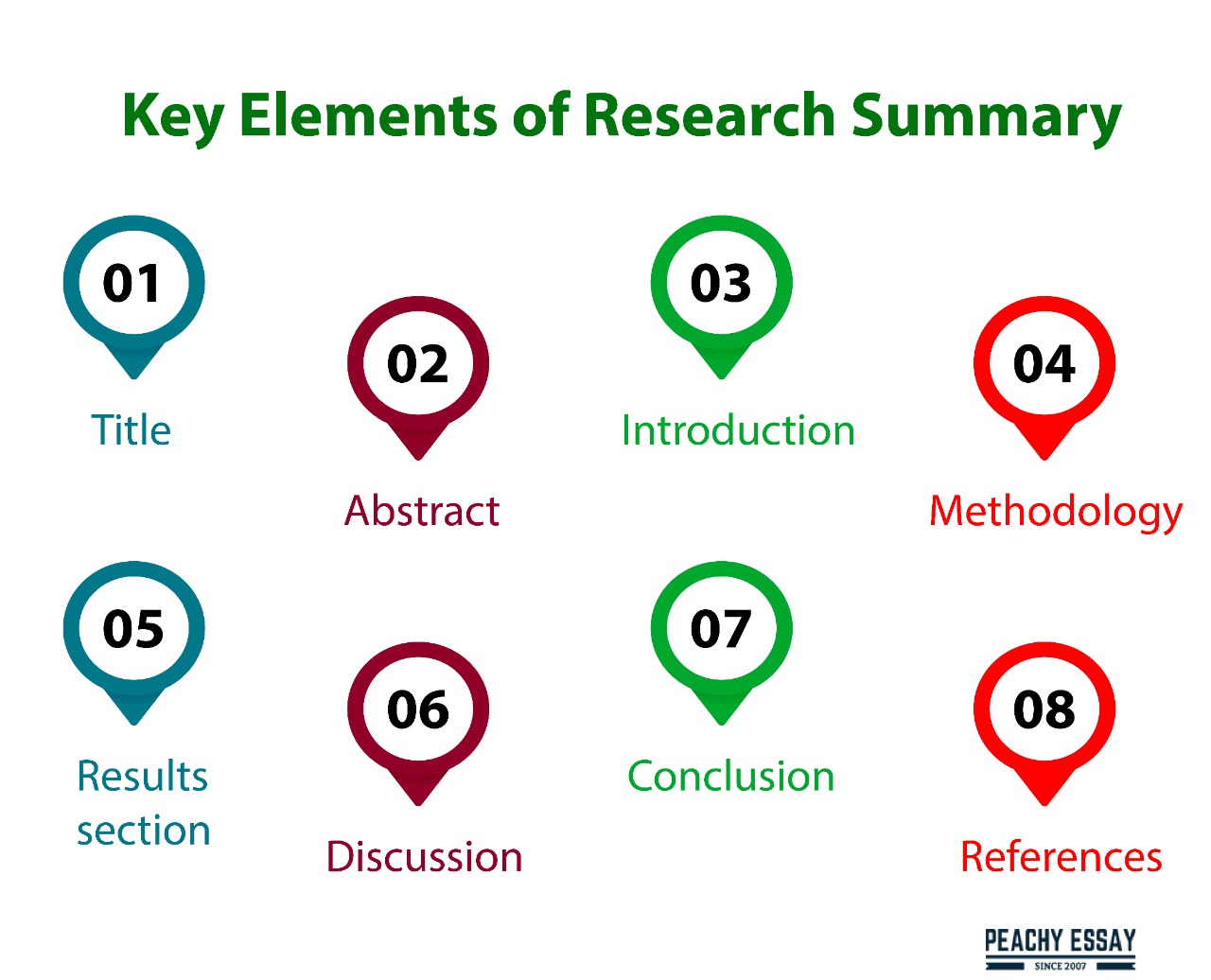
Understanding the Research Article
Key components of a research article
In a research article, key components include the abstract, introduction, methodology, results, discussion, and conclusion. The abstract provides a brief summary of the study's objectives, methods, results, and conclusions. The introduction sets the stage by outlining the research problem and its significance. Methodology details how the study was conducted to achieve its objectives. Results present the findings of the study while the discussion interprets these findings in the context of existing literature. Lastly, the conclusion summarizes the key points and implications of the study.Importance of summarizing research articles
Summarizing research articles is crucial for disseminating knowledge efficiently. It allows readers to grasp the main findings and implications of a study without having to read through the entire article. By summarizing complex information into concise points, it enables researchers to stay updated on developments in their field. Moreover, research summaries facilitate collaboration among researchers by providing a quick overview of ongoing studies and findings. Therefore, summarizing research articles plays a significant role in knowledge sharing and advancement.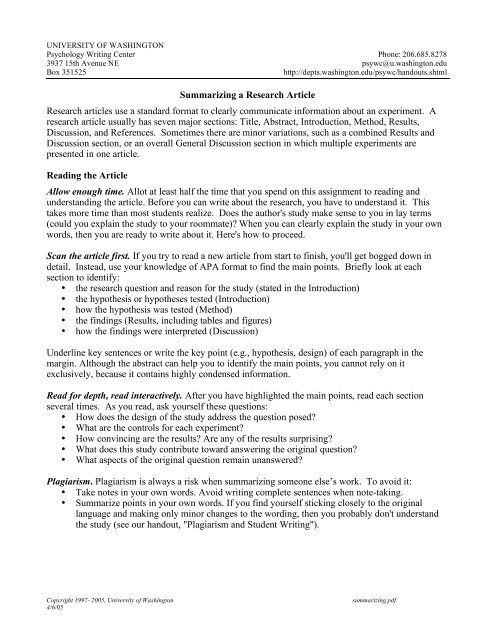
Reading the Research Article
Techniques for effective reading
When engaging with a research article, individuals must employ efficient reading techniques to comprehend its key components effectively. Techniques such as skim reading for an overview, focusing on headings and subheadings for structure, and highlighting important points aid in understanding the content efficiently.Identifying the main arguments and results
To effectively identify the main arguments and results of a research article, readers should pay close attention to the abstract, introduction, and discussion sections. These segments often encapsulate the study's primary objectives, key findings, and interpretations of results. By critically analyzing these sections, readers can grasp the essence of the research without delving into every detail.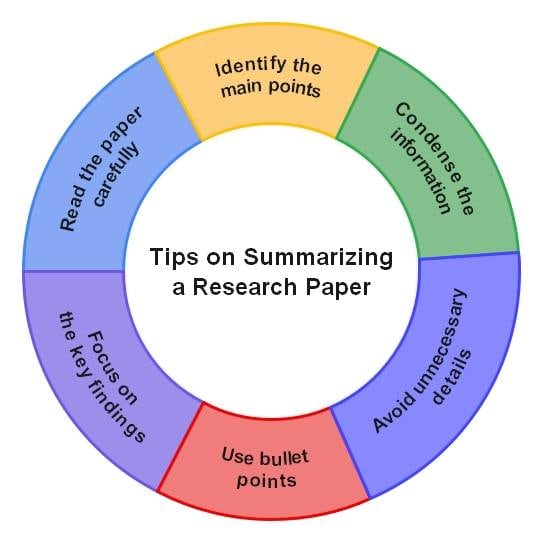
Summarizing Techniques
Paraphrasing and condensing information
When engaging with a research article, individuals are advised to utilize techniques like paraphrasing and condensing to distill the main ideas effectively. By rewriting the content in one's own words and summarizing complex concepts, readers can enhance their understanding of the material without losing crucial details.Highlighting key points and findings
To identify the core arguments and results of a research article, readers should focus on highlighting key points and significant findings. This strategy helps in drawing attention to critical information, enabling a more efficient review of the study's essence. By pinpointing essential details, individuals can navigate through the content more effectively.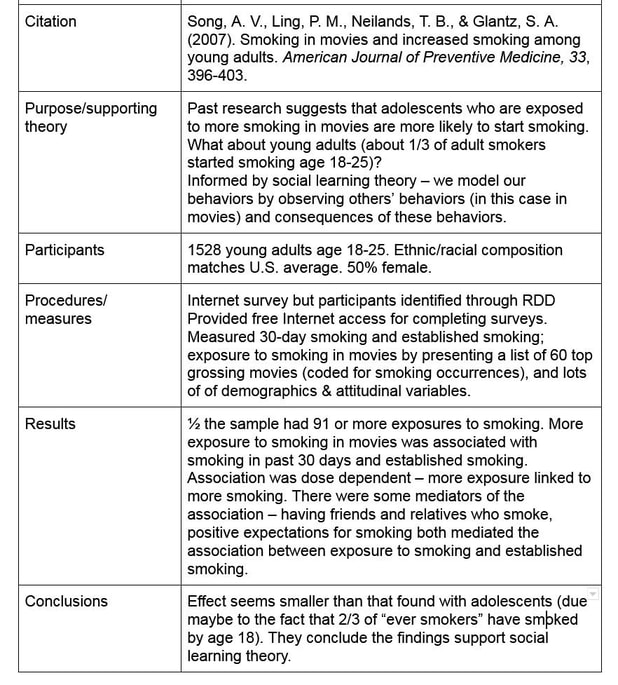
Structuring the Summary
Introduction, body, and conclusion format
When summarizing a research article, adhering to a structured format comprising introduction, body, and conclusion is paramount. The introduction should provide context and introduce the main topic. The body must encompass the key points, arguments, and findings logically. Finally, the conclusion should summarize the main takeaways without introducing new information.Incorporating necessary details and omitting irrelevant information
In constructing a summary, it is crucial to incorporate essential details that capture the essence of the research while omitting irrelevant or trivial information. By discerning between crucial findings and ancillary data, one can produce a concise and focused summary that effectively conveys the core message of the article.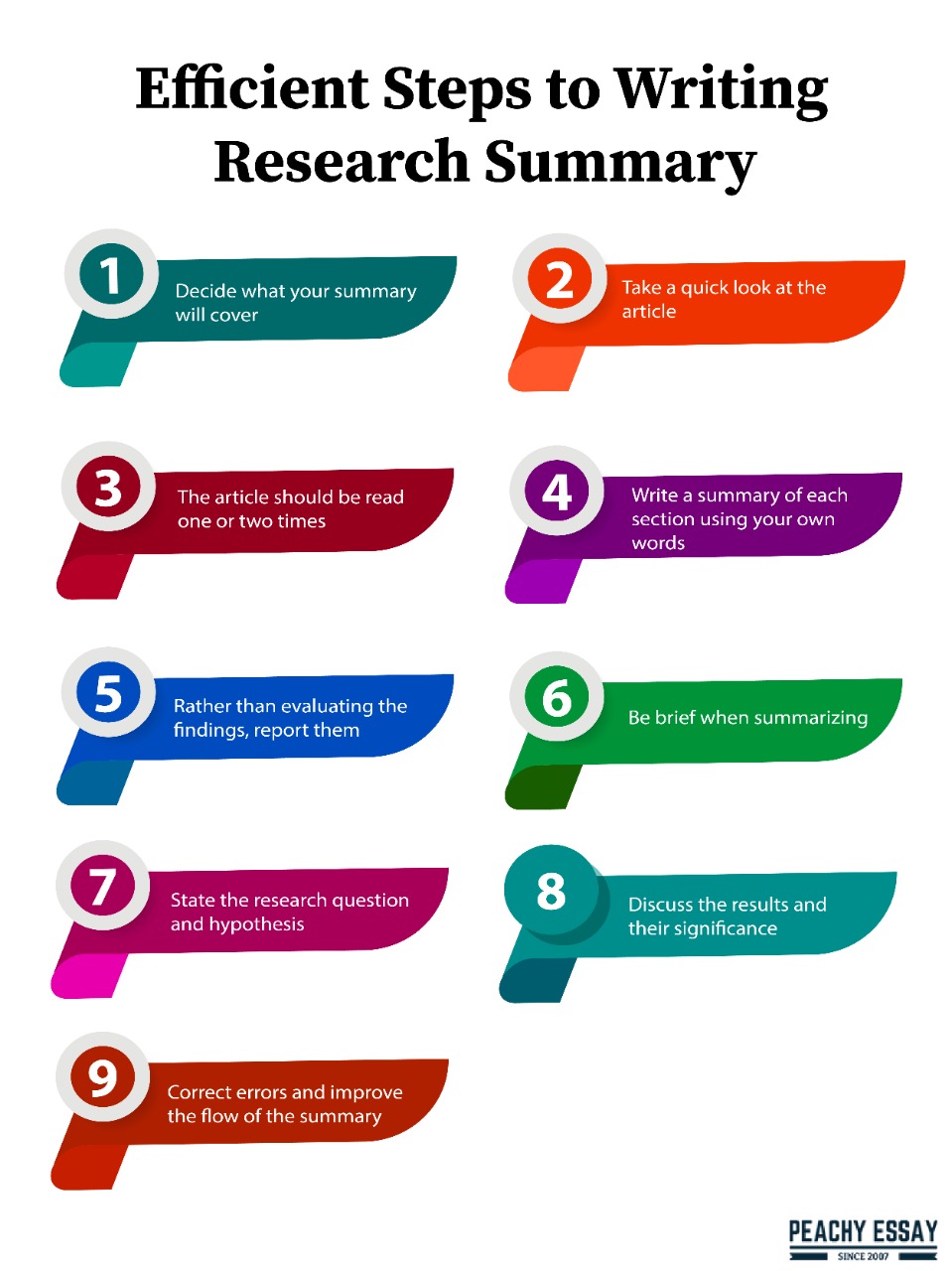
Writing the Summary
Outlining the summary
When summarizing a research article, structuring the summary with an introduction, body, and conclusion is essential. The introduction sets the context, while the body highlights key points logically. By focusing on relevant details and omitting unnecessary information, a concise summary can effectively communicate the core findings of the research.
Using clear and concise language
In crafting a summary, using clear and concise language is crucial for ensuring readability and understanding. By presenting information in a straightforward manner and avoiding jargon or complex phrases, the summary becomes accessible to a wider audience. This approach facilitates conveying the main ideas succinctly and accurately.
Comments
Post a Comment